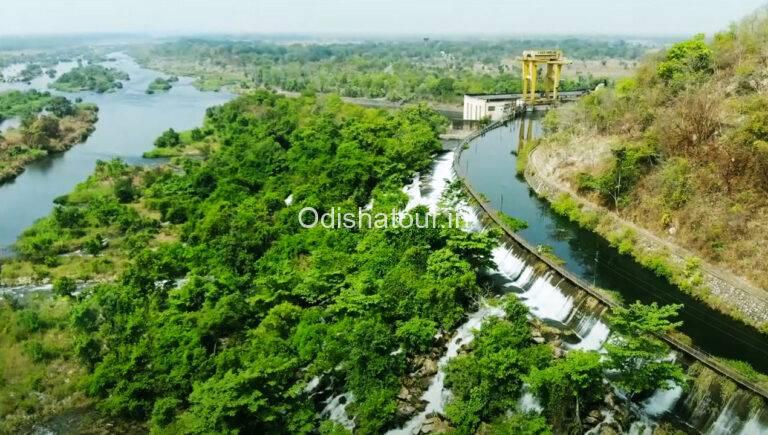Samaleswari Temple is located at a 3 km distance from Sambalpur Town on the bank of the river Mahanadi. Maa Samaleswari is the presiding deity of Sambalpur. It is a strong religious force in the part of western Odisha. The mother goddess Samaleswari is worshipped from ancient times as Jagatjanani, Adishakti, Mahalaxmi and Mahasaraswati. The region in which the temple is situated has a rich cultural heritage. Sambalpur region is popularly known as Hirakhanda from ancient times. Ptolemy has described the place as Sambalak. Samaleswari Mandir is a famous tourist place near Sambalpur
Famous Festival of Maa Samalei Temple
Nuakhai is the main harvest festival of this temple. People mark the occasion by offering the newly harvested rice to the Goddess. The festival is accompanied by great fanfare and celebration all across the region. Lakhs of devotees throng the temple to see the blessings of the Goddess. The benevolence of the Goddess spreads across Western Odisha up to Chhattisgarh. Maa Samaleswari Temple is worshipped in various forms across the region. Maa Samaleswari temple is one of the famous Shakti Peetha of Odisha.
History of Samaleswari Temple
Though the origin of the Goddess is still shrouded in mystery, one thing has been ascertained that Goddess Samaleswari was appropriated as the deity of Sambalpur by the Chouhan King Balaram Dev, who became the King of the region in 1542 AD. King Balaram Dev didn’t stop at according to the title of Ista Devi (Goddess of the region), his veneration and devotion to the Goddess Samaleswari were instrumental in creating the cult of Goddess Samaleswari that we see today. The Maa Samaleswari temple is the main deity of western Odisha.
According to a popular legend, one day while on a hunting expedition King Balaram Dev saw his hunting dogs being repulsed by a hare, stunned by the boldness of an otherwise submissive animal, the King was convinced that there is a divine power that holds sway in his Kingdom and that divine power comes from Goddess Samaleswari. The main priest of the Samaleswari Temple is a descendant of the Chouhan dynasty. Apart from tribal influence, the rituals of the temple have an element of tantra as well. She is offered both vegetarian and non-vegetarian offerings on specific days. Source






Other Services
Destination Attractions, Destination Facilities, Transportation, Accessibility, How to Reach







































